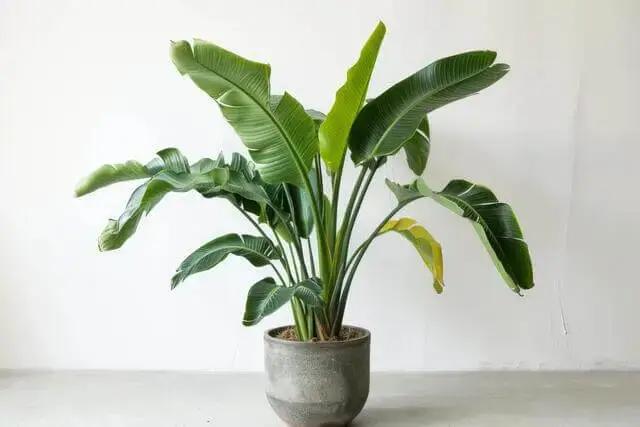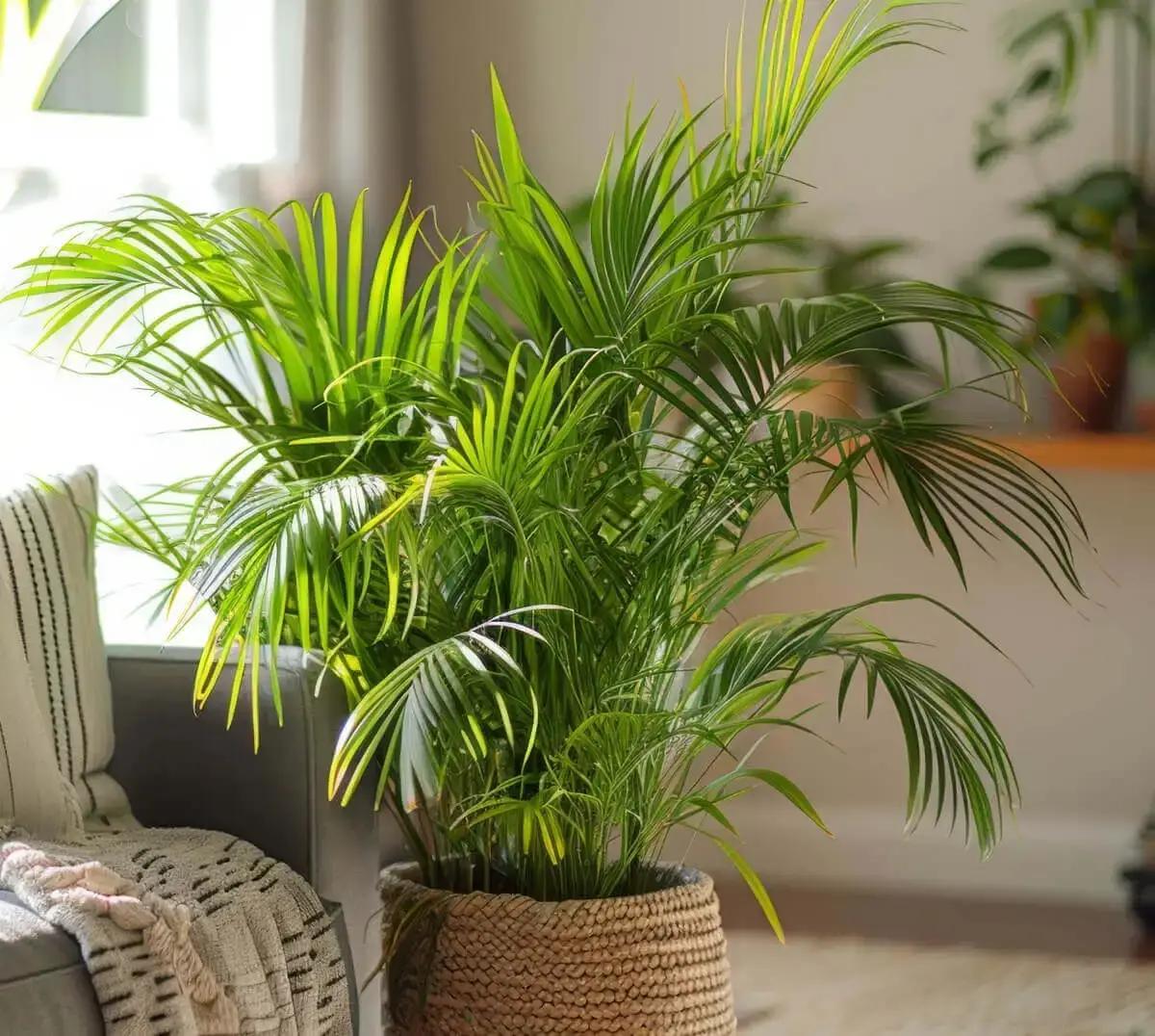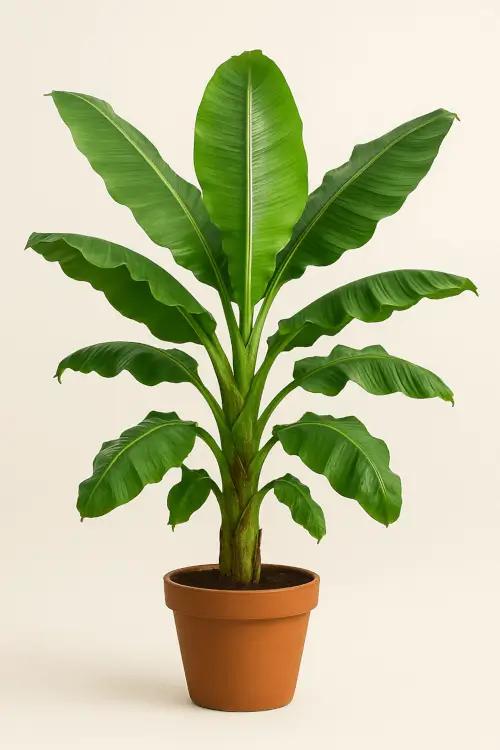Bird of Paradise
Strelitzia reginae

The Bird of Paradise (Strelitzia reginae) is a bold, tropical houseplant known for its large, banana-like leaves and exotic flowers that resemble a bird in flight. Native to South Africa, this plant brings a dramatic, architectural flair to indoor spaces, thriving best in bright, indirect to direct light. While it rarely blooms indoors, its lush foliage and towering height make it a stunning statement plant. Given the right care and space, it can reach up to 6 feet tall and live for many years.
Quick Info
- Light: Bright
- Water: Medium
- Size: Up to 5–6 feet tall indoors
- Humidity: High
- Temp: 65–85°F (18–29°C)
- Flowering: Yes
- Type: Tropical, Tree
- Dog Safe: No
- Cat Safe: No
- Kid Safe: No
Toxicity Info
- Dog Safe: No
- Cat Safe: No
- Kid Safe: No
Care Instructions
Light: Place in a very bright location — a south or west-facing window is ideal. It can tolerate some direct sunlight and needs high light levels to thrive and potentially bloom indoors.
Soil: Use a rich, well-draining potting mix. A blend with peat, perlite, and composted bark helps retain moisture while preventing root rot.
Watering: Water deeply when the top 1–2 inches of soil feel dry. Reduce frequency slightly in winter. Ensure your pot has proper drainage to avoid soggy roots.
Humidity: Prefers moderate to high humidity. Mist occasionally or use a pebble tray if air is dry.
Cleaning: Wipe the large leaves with a damp cloth every few weeks to remove dust and help with light absorption.
Fertilizing: Feed monthly during the growing season (spring and summer) with a balanced liquid fertilizer. Avoid fertilizing in fall/winter.
Repotting: Repot every 1–2 years or when rootbound. This plant enjoys being slightly snug in its container but will outgrow small pots quickly.
Common Problems
Brown leaf edges: Low humidity or inconsistent watering
Drooping leaves: Often due to underwatering or insufficient light
No flowers: Needs more light and consistent feeding
Split leaves: Normal for this plant — helps with wind resistance in nature
FAQs
Yes, but only with enough light and maturity (3+ years old).
No — it's toxic if ingested.
This is natural for airflow — not usually a problem unless paired with browning.


